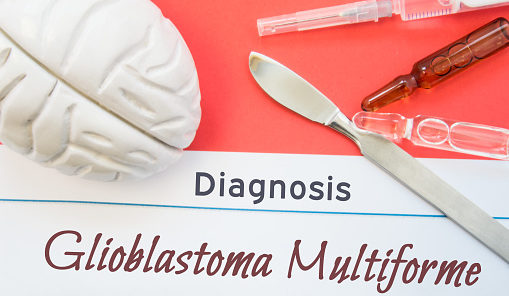Cancer patients living in counties with persistent poverty may be at an increased risk for mortality, even more so compared to those living in counties with current poverty, according to a study.
It has been documented that counties with high poverty levels have higher levels of cancer mortality, but the association between cancer mortality and persistent poverty levels is less clear. A persistent poverty county is defined as one in which 20% or more residents have been in poverty since 1980.
“Counties that have experienced persistent poverty face health risks that have accumulated for decades, and they have fewer current or past resources to protect public health,” said study author Jennifer L. Moss, PhD, in a press release.
Dr. Moss and colleagues determined 2007 to 2011 county-level, age-adjusted, and overall and type-specific cancer mortality rates based on persistent poverty status per the 2007–2011 American Community Survey.
In nonpersistent poverty counties, the calculated overall cancer mortality was 179.3 (standard error [SE]=0.55) deaths per 100,000 people per year, compared to 201.3 (SE=1.80) in persistent poverty counties—a 12.3% increase (P<0.0001). Multivariate analysis found that persistent poverty counties had higher overall cancer mortality, as well as higher mortality in lung and bronchus, colorectal, stomach, and liver and intrahepatic bile duct (P<0.05 for all). Counties with both current and persistent poverty had higher mortality rates for all cancer types and type-specific for lung and bronchus, colorectal, breast, stomach, and liver and intrahepatic bile duct (P<0.05 for all).
The study was published in Cancer Epidemiology, Biomarkers, & Prevention.
“To prevent health disparities, we need tools, people, and systems to ensure that everyone in this country has access to the tools they need to thrive, including socioeconomic opportunities, equity, and respect, as well as prevention resources and health care services,” Dr. Moss said.
“We need interventions in these communities to change cancer-causing behaviors, to make cancer screening more accessible, to improve treatment, and to promote quality of life and survivorship,” she added. “Efforts to reduce the risk of cancer in these counties will require strategic coordination, collaboration, and funding, with input from community members every step of the way.”
Credit: Original article published here.





